Last Updated on June 1, 2025 by Muhamed Elmesery
In this blog post, we will explore the fascinating fields of General, Organic, Biological Chemistry, and Biochemistry. We will provide an overview of these areas of chemistry, their interconnections, and their significance in understanding the chemical processes that occur in living organisms. We will also dive into PraxiLabs’cgeneral, organic and biological chemistry (GOB) virtual labs.
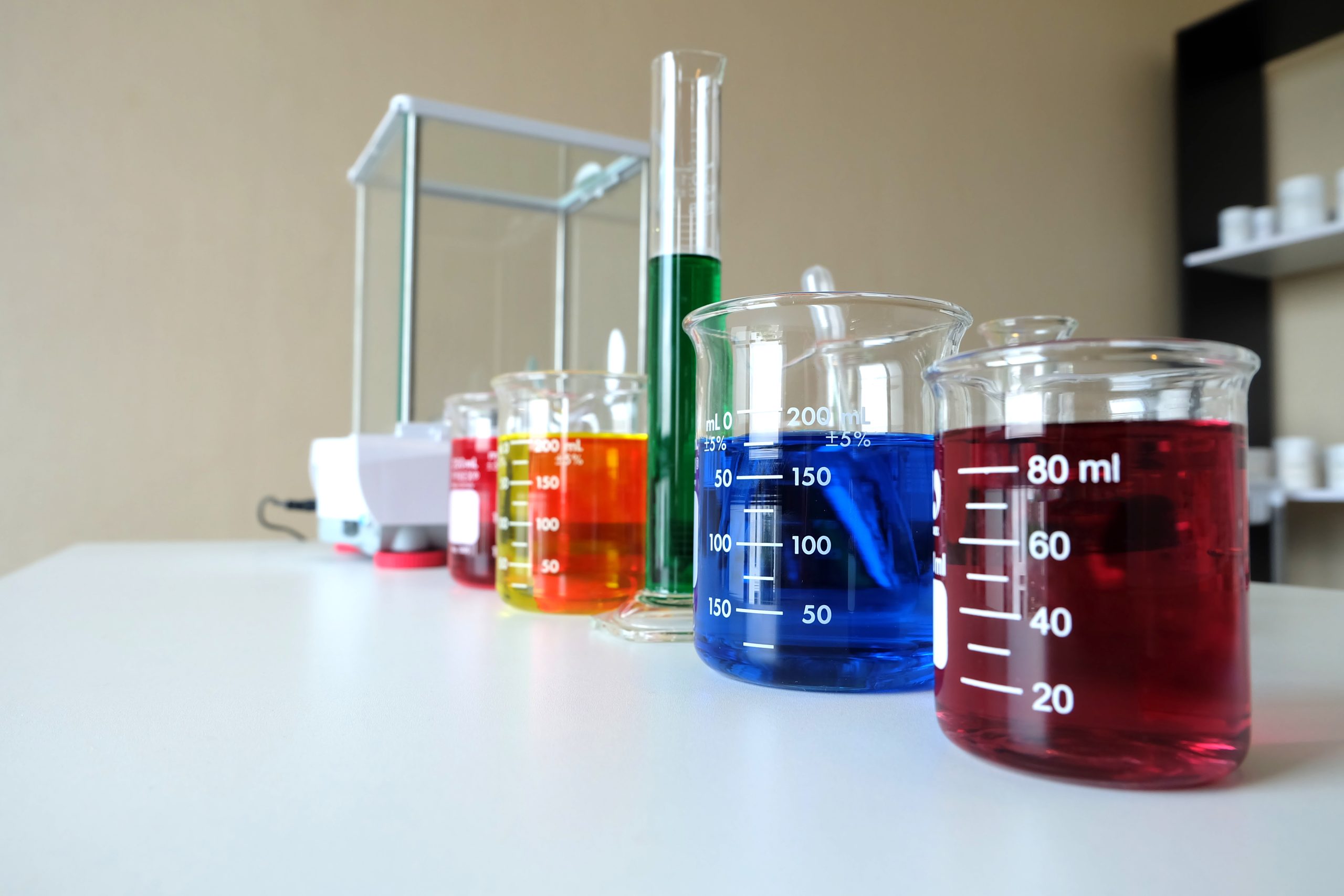
Table of Contents
Discovering the World of General Chemistry
General chemistry is the study of matter, energy, and the interactions between them. Its main topics include chemical reactions, acids and bases, the periodic table, atomic structure, chemical bonds, and more. These topics form the foundation of the study of chemistry, and a deeper understanding of general chemistry laws provides a broad understanding of the basic principles and concepts that apply to all chemistry branches.
The concepts taught in a typical general chemistry course cover a wide range of topics, including:
- Conservation of energy.
- Conservation of mass.
- Acid-base chemistry.
- Elementary atomic theory.
- Chemical bonding.
- Periodic table.
- Periodicity.
- Stoichiometry.
- Law of constant composition.
- Gas laws.
- Nuclear chemistry.
- Solubility.
- Chemical kinetics.
- Thermodynamics.
- Electrochemistry.
- Chemical equilibria.
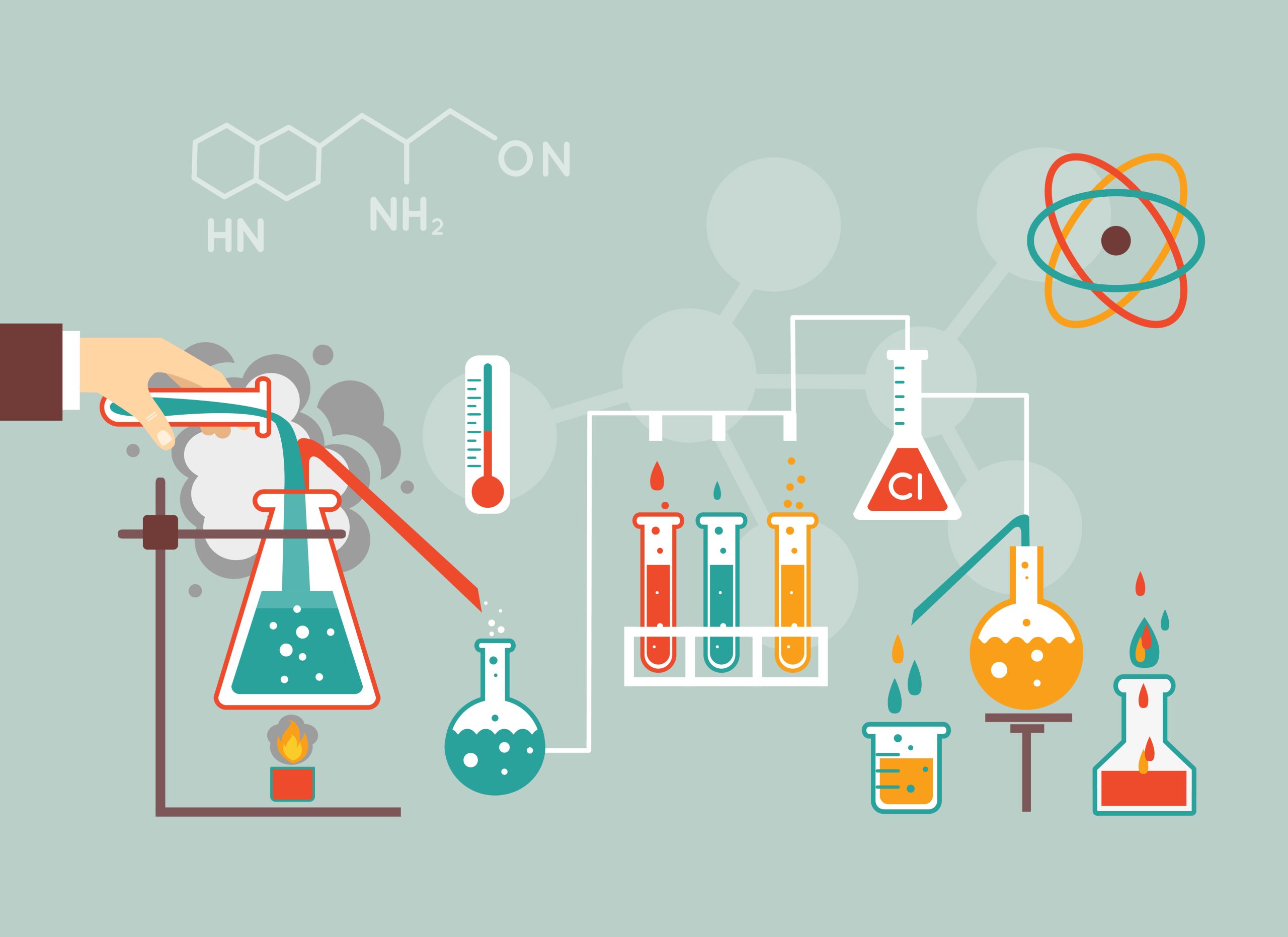
Exploring the Organic Chemistry Universe
Organic chemistry is the study of carbon-containing compounds or “the building blocks of life.” It focuses on the study of the structure, composition, properties, chemical reactions, preparation and synthesis of carbon-containing compounds (organic compounds).
Organic compounds are substances that contain carbon, in which one or more atoms of carbon are covalently linked to atoms of other elements, most commonly oxygen, hydrogen or nitrogen.
Organic chemistry plays a crucial role in understanding the chemistry of living organisms and is essential for diverse fields. Let’s explore the importance of organic chemistry:
Carbon atoms provide the main structural framework that generates the vast diversity of organic compounds. Everything on Earth (and most likely elsewhere in the universe) that can be described as living has a crucial dependence on organic compounds. Foodstuffs—namely, fats, proteins, and carbohydrates—are organic compounds, as well as vital substances such as hormones, vitamins, hemoglobin, chlorophyll, enzymes, and more.
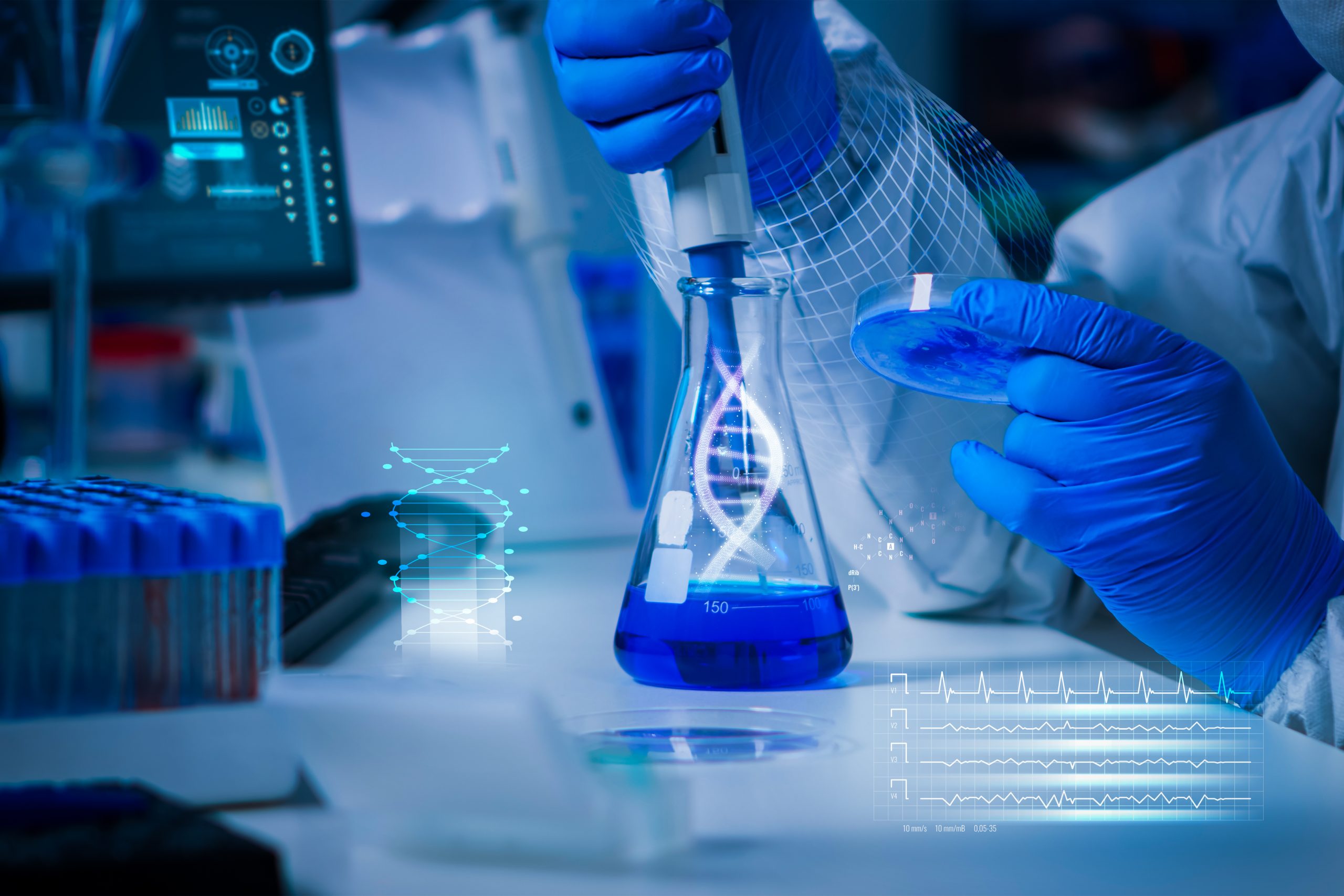
Exploring the Intricate World of Biological Chemistry (Biochemistry)
Biological chemistry, also known as biochemistry, focuses on studying the chemical processes related to living organisms. It combines the principles of biology and chemistry to understand and investigate the chemical processes that occur within living organisms.
Biological chemistry studies the structure, chemical reactions, and composition of substances in living systems and, in turn, their functions and ways to control them.
It explores the structure and function of biological macromolecules, such as carbohydrates, proteins, fats, and nucleic acids. It also helps us understand how these molecules interact and participate in several vital biological processes, such as metabolism, protein synthesis, DNA replication, and more.
Biochemistry or biological chemistry includes the sciences of molecular biology, immunochemistry, neurochemistry, bioinorganic chemistry, and biophysical chemistry.
The Power of Integration: Unveiling the Interplay between General, Organic, and Biological Chemistry
The fields of general, organic, and biological chemistry are interconnected and depend on each other:
- General chemistry provides the basic principles and concepts that are necessary for understanding organic chemistry and biochemistry.
- Organic chemistry forms the basis for the study of biological chemistry, as it focuses on the chemistry of the molecules that make up all living organisms.
The knowledge gained from studying general, organic, and biological chemistry is important in various science branches. It has applications in environmental science, medicine, pharmacy, agriculture, and more.
For example, understanding the several chemical processes that occur inside living organisms is essential for diagnosing diseases, developing new drugs, addressing environmental challenges, and more.
Revolutionize Your Learning: Dive into General, Organic, and Biological Chemistry with PraxiLabs Virtual Labs
PraxiLabs online science labs for general, organic and biological chemistry (GOB) virtual labs are designed to be engaging, interactive, and fun. PraxiLabs offers exciting features to facilitate learning, while also providing students with a full understanding of the principles and mechanisms of general organic and biological chemistry (GOB).
Let’s dive into PraxiLabs’ experiments to improve your GOB understanding with virtual labs
General Chemistry Labs
Our general virtual chemistry lab provide a hands-on method to learn general chemistry concepts and procedures. Through a series of 3D interactive simulations, you can explore topics such as atoms, chemical reactions, acid–base titration, and more.
These virtual labs allow your students to conduct 3d science experiments, make observations, analyze data, and find results, which provide a realistic laboratory experience in a virtual environment.
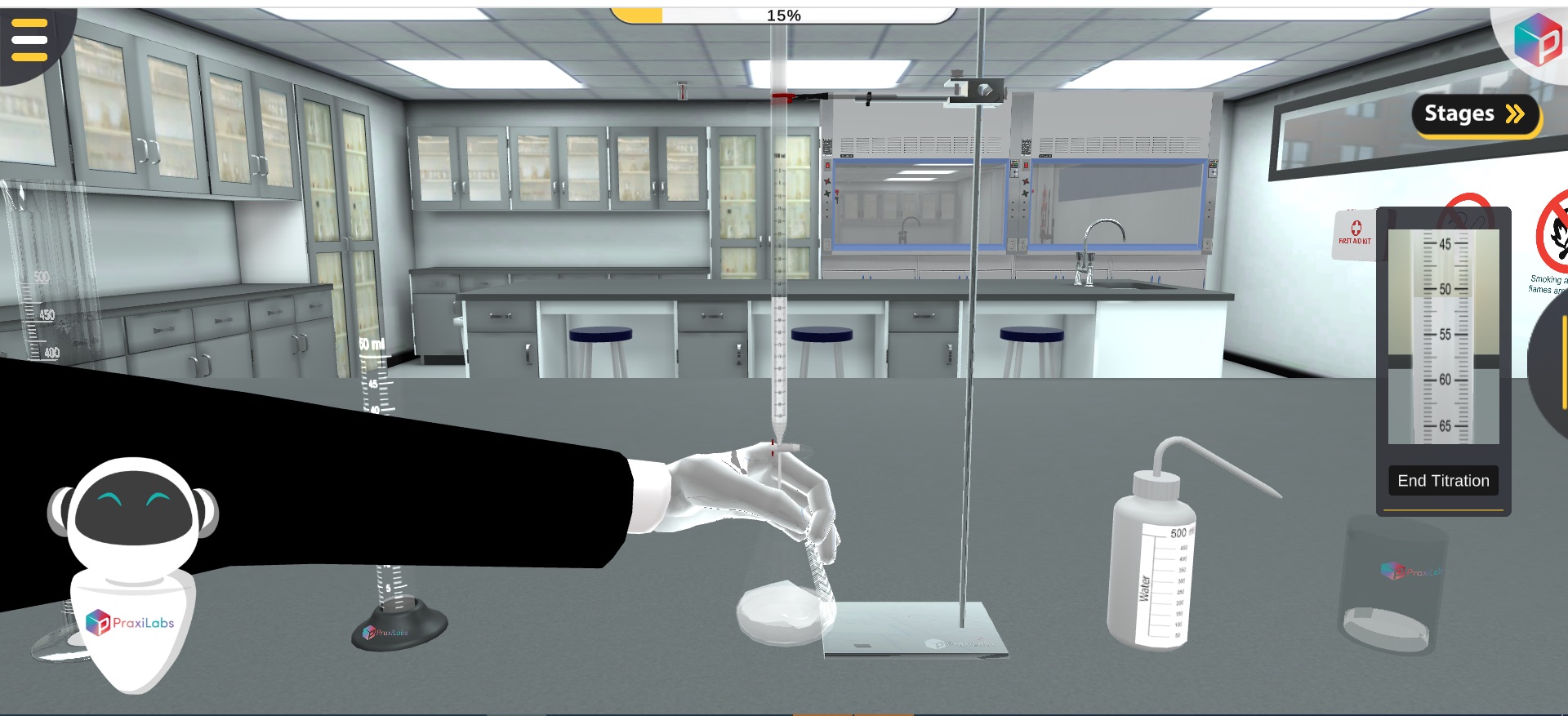
Organic Chemistry Labs
In our organic chemistry virtual Labs, we provide a range of virtual simulations and resources to enhance your students’ understanding and experimentation in the best way. Whether you’re a chemistry educator, student, or simply interested in exploring the world of organic chemistry, our virtual labs provide an immersive and interactive experience.
Explore a variety of simulations that cover the structure, composition, properties, chemical reactions, preparation and synthesis of carbon-containing compounds. Also, learn the basics of organic reaction procedures and be proficient at running organic chemical reactions.
- Synthesis of Aspirin
- Esterification
- Electrophilic Substitution (Azo Coupling)
- Reaction of Alkyl Halides (Hydrolysis of Alcohols)
- Friedel–Crafts Acylation of Anisole
- Saponification Reaction
- Preparation of β–Naphthyl Acetate
- Preparation of Paracetamol
- Claisen Schimdt Reaction (Mixed Aldol Condensation)
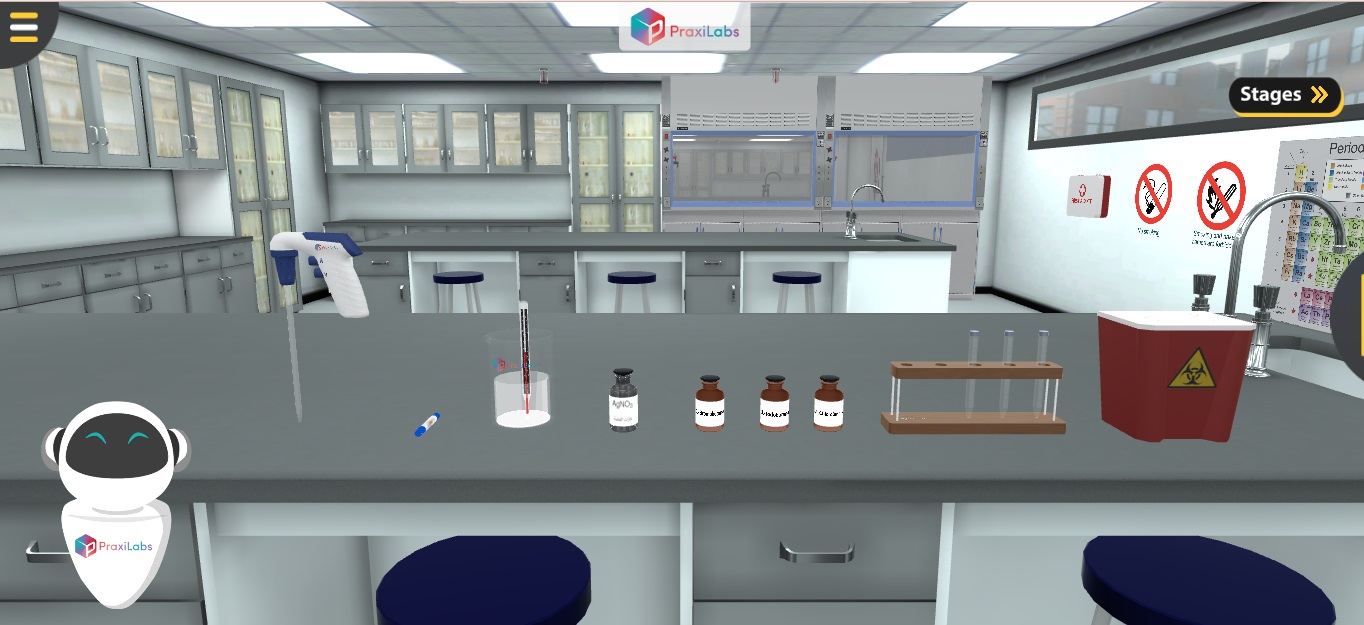
Biological Chemistry (Biochemistry) Labs
Teach your students various biological chemistry procedures in the best way, ensure they understand the important cellular macromolecules, including DNA, RNA, lipids, carbohydrates, and proteins. Encourage them to study the essential biological pathways and practice biochemistry laboratory techniques such as building a model for catalytic interactions, DNA extraction, and ELISA.
- DNA Extraction
- Building a Model for Catalytic Interactions
- Coagulase Test
- Catalase Test
The following video explains how to extract DNA by using PraxiLabs virtual labs:-
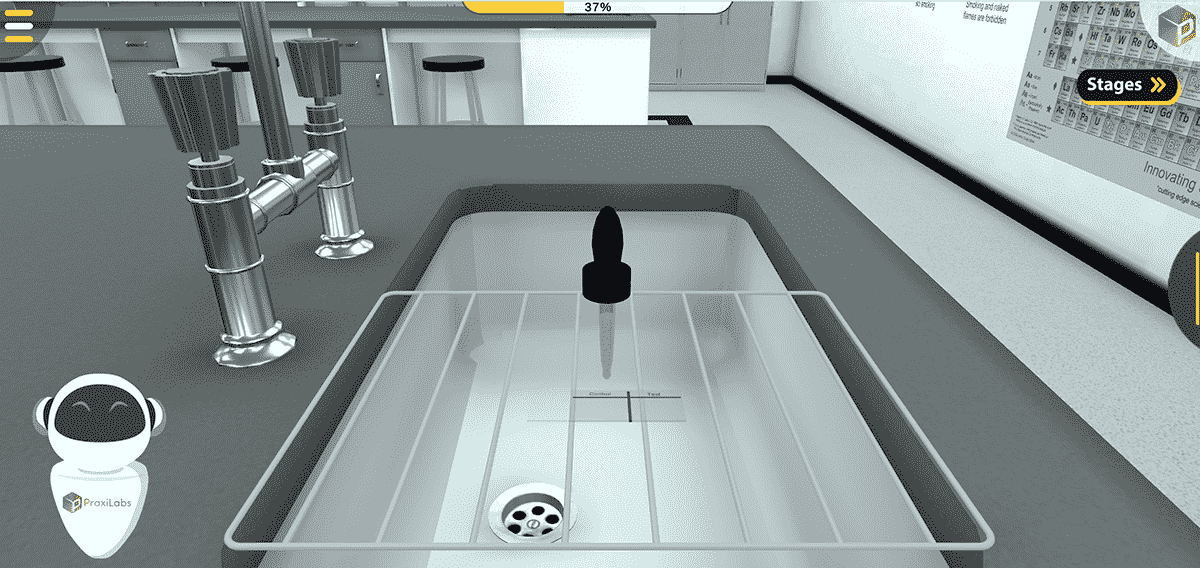
- Oxidase Test
- Indole Test
- RNA Extraction
- cDNA Synthesis
- Conventional PCR
- Real Time PCR
- Agarose Gel Electrophoresis
- polyacrylamide gel electrophoresis
- Western blot
- elisa virtual lab
- ELISpot Assay
- Immunofluorescence Assay
- In Vitro Viability Assay Using Tetrazolium Salt XTT
- In Vitro Cell Viability by the Lactate Dehydrogenase Assay (LDH)
- In Vitro Cell Viability by the Alamar Blue Assay
- In Vitro Histone H2AX Phosphorylation Assay
- Bradford Assay
- In Vitro 8-Hydroxydeoxy Guanosine (8-OHdG) Assay
- In Vitro Bromodeoxyuridin (BrdU) Assay
- DNA Sequencing
- DNA Microarray
- High Performance Liquid Chromatography (HPLC) of Proteins
- Flow Cytometry
- Adherent Cell Culturing using Mammalian Cell Lines
- Annexin V Assay
- Polarographic Oxygen Respirometry (Bioenergetics)
- In Vitro Mammalian Cells COMET Assay
- In Vitro Cytokinesis-Block Micronucleus Assay
- In-Vitro Chromosomal Aberrations Test
- In Vitro Caspase 3 Activity Assay
Now is your educational institution’s moment to shine and try PraxiLabs Virtual Labs for GOB chemistry today!
 PraxiLabs A virtual world of science
PraxiLabs A virtual world of science





